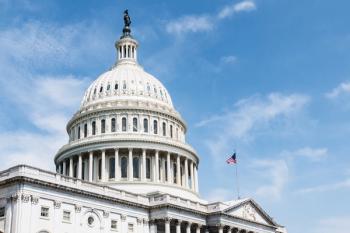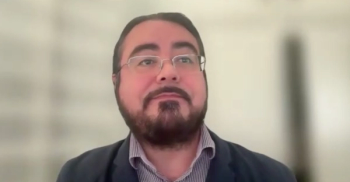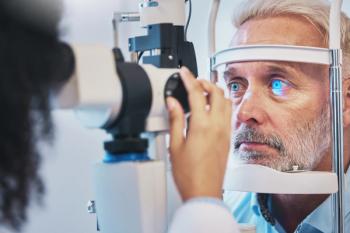
Barriers to Care Getting Worse for Patients Despite Innovation
Key Takeaways
- A disconnect between patient experience and technology affects communication, access, and satisfaction in healthcare, despite technological advancements.
- Survey participants report dissatisfaction due to poor communication (49%), lack of personalized care (48%), and long wait times (45%).
The potential of health care technology has been disconnected from patients, making those innovations barriers rather than means of improving access and communication.
A disconnect between patient experience and technology has created impacts on communication, access, and satisfaction with health care in those who experience the technology, according to a new survey conducted by RXNT. The survey focused on how barriers to care are only getting worse with time despite the innovations in health care.
The market research survey included 1501 participants from the US surveyed between May 29 and June 3, 2025. The survey aimed to understand how patients felt about their health care, specifically for use by physicians, leaders, and administrators working in health care that could be used for improvements in the use of technology in health care.
Poor communication was a primary reason that participants were dissatisfied with their care, totaling 49% of the surveyed cohort. Lack of personalized care (48%) and long wait times (45%) were also notable causes of dissatisfaction in the health care that they receive.
There was a 35% year-over-year increase in the number of participants facing challenges accessing health care, increasing overall to 66% of those surveyed. Barriers that these participants noted were high medical costs, medical debt, and difficulty getting an appointment. When asked what could be changed for participants to have higher access to care, 35% wanted an increase in availability from their provider, 38% wanted increased insurance coverage, and 49% wanted a reduction in the cost of health care.
Accessibility was also a key issue that was highlighted in the survey. Approximately 40% of the surveyed participants struggled to find specialty care and struggled to get in touch with their doctor. Participants reported an average time of 16 minutes to get to their health care provider.
Although 63% of those surveyed believed that health care is innovative, 53% thought that technology would further improve their experience, and 3 in 5 thought that their providers should offer more telehealth service. This particularly is notable in the 59% who find that it is difficult to get in touch with their doctor to make appointments. Access challenges also highlight the reason that 53% believe telehealth services would make their experience in health care easier overall.
Participants reported using video appointments, phone consultations, and online scheduling the most of the telehealth services offered, indicating a desire to be able to both make an appointment and take an appointment through the internet and telephone, a particular priority to the participants of the survey.
Even if telehealth services were more accessible, surveyed participants also indicated that their insurance may not cover all of what they need. Of the 63% of participants who used health insurance their employer provided and the 35% of patients who were covered by Medicare, 18% of the surveyed participants reported that their health insurance did not cover all needed services. Another 18% reported that their employer does not offer health insurance.
The results of this survey continue a trend of health care in America leading to dissatisfaction and poor health outcomes. According to the Commonwealth Fund, Americans are more likely to die younger compared with peer countries.2 This, in part, has to do with Americans seeing their physicians less often than people in other countries and having the lowest rate of practicing physicians. The results of this survey demonstrate that lack of access to health care and a lack of communication with health care providers continue to emphasize this issue. Increasing access to telehealth services and increasing insurance coverage of these services is vital to improving health care in the US.
“Our goal is to lay the groundwork for a future where the average patient experience is vastly improved and we’re helping eliminate long-standing issues impacting patient satisfaction,” Delora Crowley, RN, clinical product Director at rXNT, said in a statement.3 “However, if practices and providers don’t adopt technology that aligns with patient needs more quickly, they risk becoming antiquated just like their systems. Disconnected systems, high costs, and poor communication will no longer move the needle or keep patients happy.”
References
1. Patient perspectives: understanding patient satisfaction in today’s healthcare system. RXNT. July 24, 2025. Accessed July 24, 2025.
2. Gunja MZ, Gumas ED, Williams RD II. US health care from a global perspective, 2022: accelerating spending, worsening outcomes. Commonwealth Fund. January 31, 2023. Accessed July 23, 2025.
3. Speight A. Patient satisfaction is rising in the USA while access to care still lags, according to new RXNT study. News release. RXNT. Updated July 23, 2025. Accessed July 24, 2025.
Newsletter
Stay ahead of policy, cost, and value—subscribe to AJMC for expert insights at the intersection of clinical care and health economics.





























































